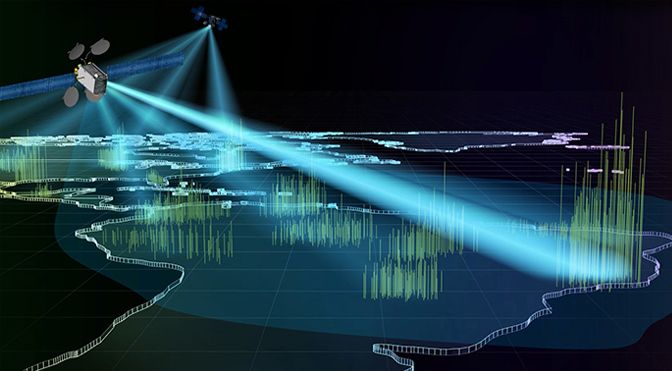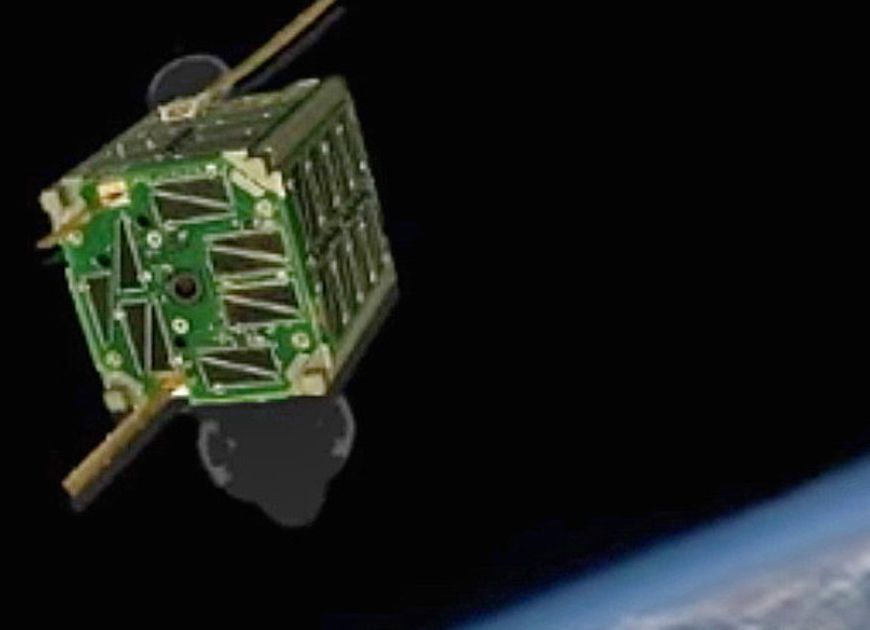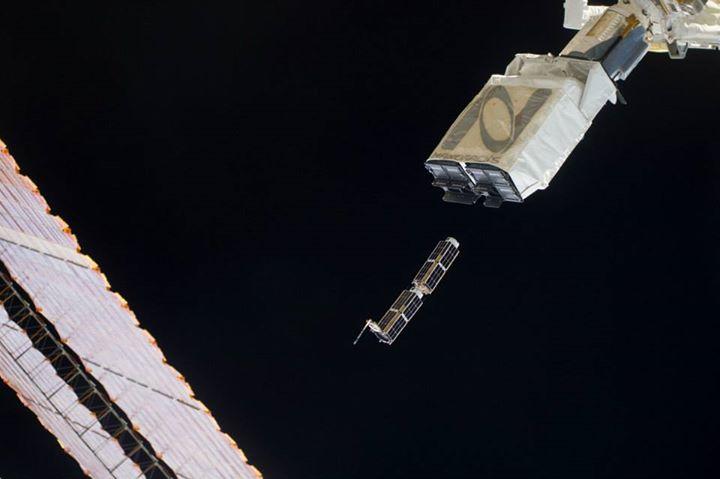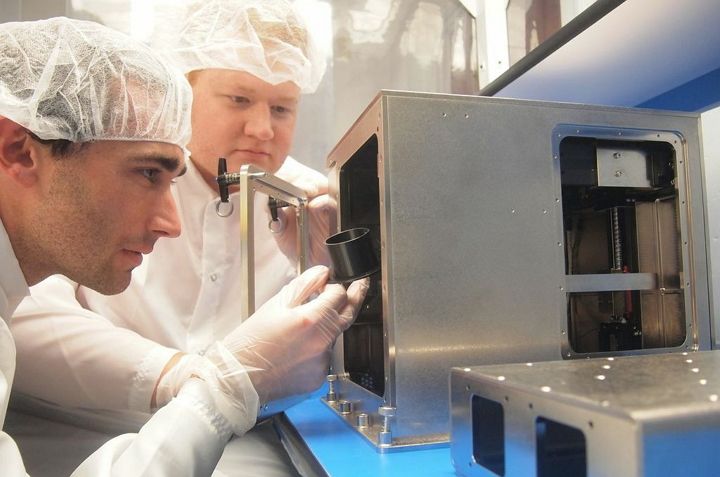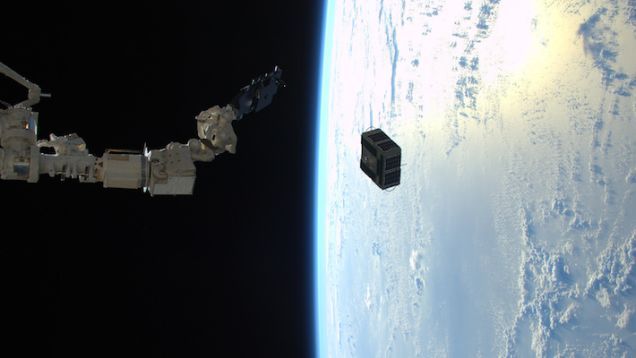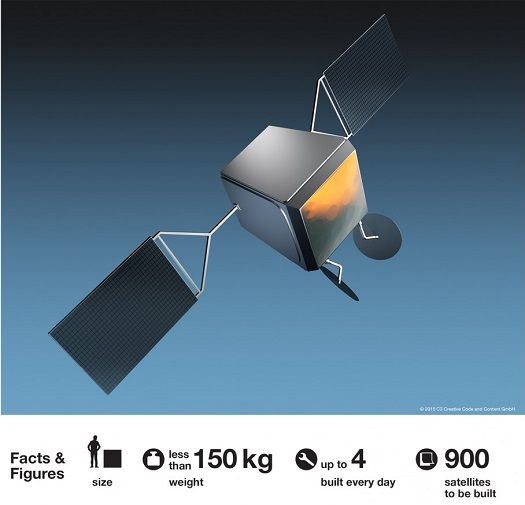Feb 18, 2016
ISRO is developing a nano satellite to monitor suspended particles in polluted Indian cities
Posted by Karen Hurst in categories: particle physics, quantum physics, satellites
Nano Satellite could be interesting and even expanded upon especially as we look to expand the usage of Quantum Technology across various wireless devices in the future as well as microbot technology to enable connectivity to the cloud and other wireless devices.
The nano-satellite, which is among ISRO’s important missions, will monitor air pollutants that pollute cities including Delhi, Lucknow, Amritsar and Allahabad.
The nano-satellite will weigh 15kg and placed 500 km above the earth.



